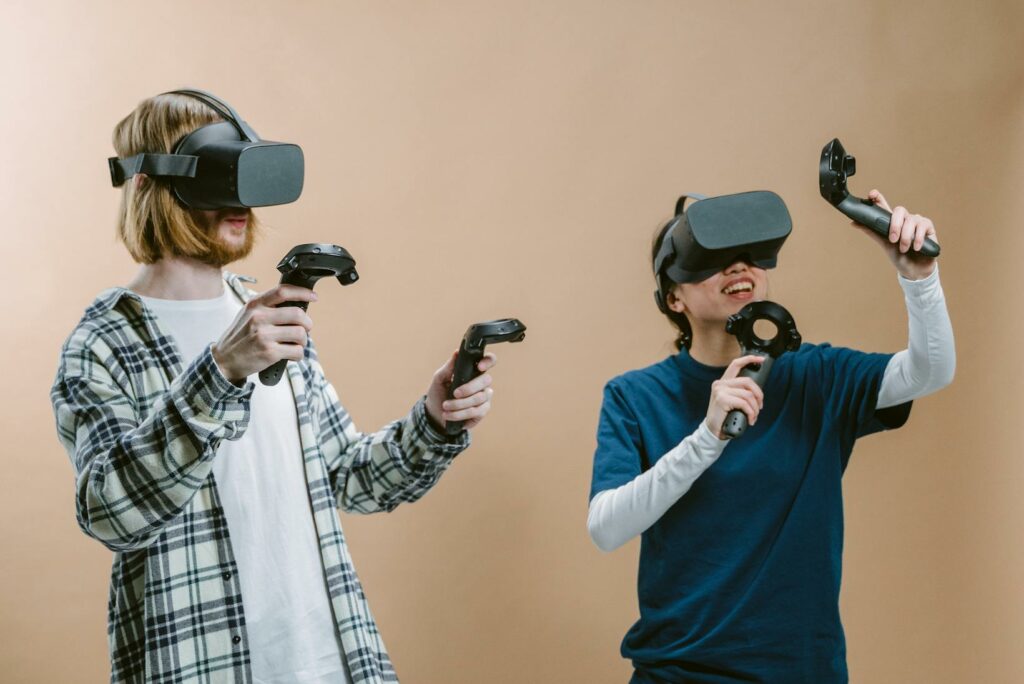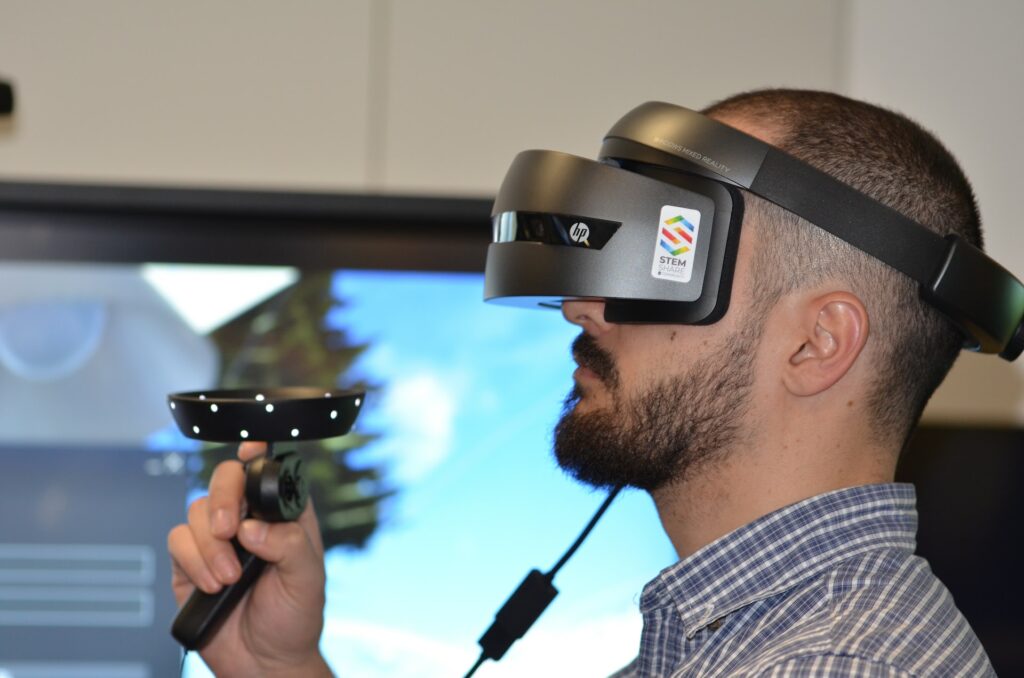In the realm of technology, augmented reality (AR) is no longer a distant dream, but a tangible reality. It’s at the forefront of innovation, reshaping industries and transforming how we interact with the world. This article dives deep into the exciting world of AR, exploring its innovative applications and potential impacts.
From gaming to healthcare, and education to retail, AR is revolutionizing the way we perceive and experience reality. But what’s driving this innovation? And how will it shape our future? Stay tuned as we unravel the fascinating journey of augmented reality, its current state, and where it’s headed.
Augmented Reality Innovation
Digging deeper into AR innovation’s unique components, attention naturally turns to its bedrock: hardware and software. Understanding those foundations can paint a clearer picture of AR’s overall potential and versatility.
Hardware of Augmented Reality Innovation

A variety of hardware components work synergistically in AR technology. For visualization purposes, there are head-mounted displays (HMD), handheld devices, and spatial displays. An HMD, such as Microsoft’s HoloLens, displays images and information in the user’s field of vision, creating an immersive AR experience that seamlessly merges digital data with the real world. Handheld devices, predominantly smartphones and tablets, come equipped with cameras and sensors, making it possible for applications like Snapchat and IKEA Place to provide AR features. Lastly, spatial displays, though less common, project AR visuals into the physical space, eliminating the need for wearable or handheld devices.
Software of Augmented Reality Innovation

AR software contributes significantly to the interactive and immersive qualities that define the technology. It drives the real-time integration of digital information with the user’s environment. Essential components include an AR application server that hosts the AR content, along with a content creation tool and a detection and tracking system. In essence, the software identifies a marker or a specific point in the real world, calculates the user’s viewpoint, and overlays the digital content, adapting to movements in real-time. Renowned AR software platforms encompass ARKit by Apple and ARCore by Google, which allow developers to build AR apps for iOS and Android respectively.
Significant Developments in Augmented Reality Innovation
This section delves deeper into notable advancements within the realm of Augmented Reality (AR) technology. It takes a closer look at their revolutionary applications in distinct sectors: gaming and education.
Evolution of Augmented Reality in Gaming

AR has significantly altered the gaming industry, enhancing it with its unique futuristic features. From the crude AR of 1990’s ARQuake to the highly refined game of Pokémon Go in 2016, the gaming sphere witnessed a phenomenal rise in AR gaming innovation. In 2009, the release of Layar, proclaimed as the world’s first mobile AR browser, improved player interfaces by utilizing a smartphone’s GPS and camera to augment the real world. The successful 2016 launch of Pokémon Go, with over 5 million downloads within the first week, further cemented AR’s essential role in progressive gaming practices. Today, companies like Microsoft with their HoloLens product strive to provide fully immersive AR gaming experiences, underscoring the genre’s bright future.
Heralding A New Era
AR’s transformative impact on industries from gaming to healthcare underscores its potential as a game-changer. It’s evolved from a 1968 concept to a modern-day reality, thanks to advancements in hardware and software platforms. Yet, it’s not without its challenges. Technological constraints and societal issues pose hurdles to AR’s full integration and growth. But the future of AR innovation looks bright. Lighter AR glasses, improved processing power, enhanced rendering, and machine learning are just around the corner. Examples like Boeing and Ikea using AR for production and customer interaction show how AR is already reshaping realities. Its societal implications are profound, particularly in education, healthcare, and public safety. As AR continues to evolve, it’s set to redefine our perception of reality, blurring the lines between the digital and physical worlds. The journey of AR innovation is just beginning, and it’s an exciting time to be part of it.



